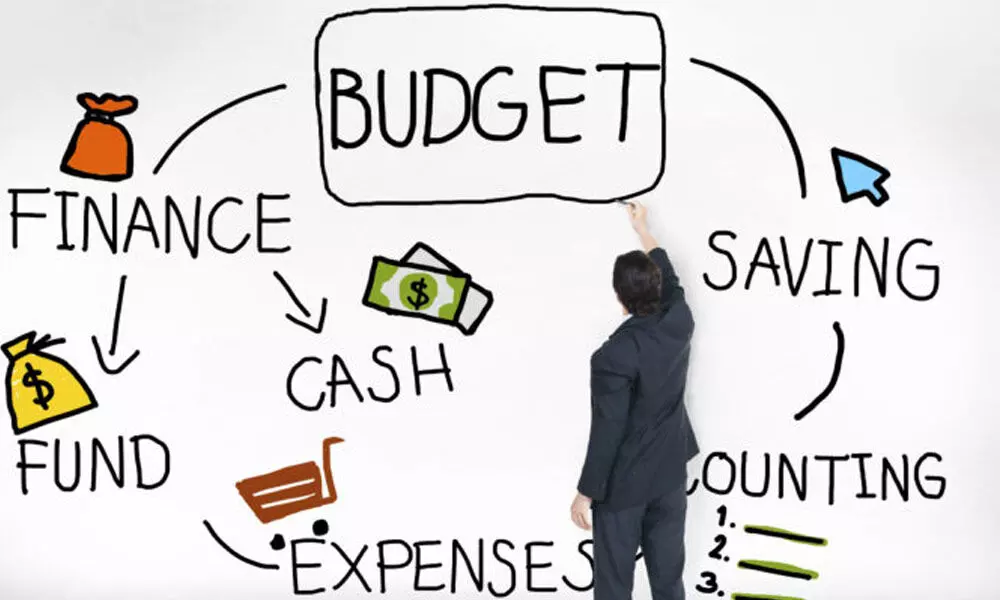Let’s be honest—money matters, but so does the planet. For Gen Z and millennials, investing isn’t just about returns; it’s about aligning their portfolios with their values. Sustainable investing—or ESG (Environmental, Social, Governance) investing—isn’t a niche trend anymore. It’s the future. And the best part? You don’t have to choose between profit and purpose.
Why Sustainable Investing Resonates with Younger Generations
Well, here’s the deal: climate change, social justice, and corporate ethics aren’t abstract concepts for Gen Z and millennials. They’re daily realities. A 2023 Morgan Stanley report found that 90% of millennials want sustainable investment options—and they’re willing to pay for them. That’s not just a preference; it’s a movement.
And it’s not just about idealism. Sustainable funds have proven they can compete—sometimes even outperform—traditional investments. The myth that you sacrifice returns for ethics? Yeah, that’s fading fast.
How to Start Sustainable Investing (Without Overcomplicating It)
1. Define Your Values First
Not all sustainable investing is the same. Some focus on clean energy, others on gender equality or fair labor practices. Ask yourself: What issues keep me up at night? Maybe it’s:
- Reducing carbon footprints
- Supporting minority-owned businesses
- Avoiding fossil fuels entirely
Your portfolio should reflect what matters to you—not just what’s trending.
2. Understand the Jargon (But Don’t Stress Over It)
ESG, SRI (Socially Responsible Investing), impact investing—terms get thrown around a lot. Here’s a quick breakdown:
| ESG | Evaluates companies based on environmental, social, and governance factors alongside financial metrics. |
| SRI | Excludes industries like tobacco or firearms based on ethical criteria. |
| Impact Investing | Targets measurable positive social or environmental outcomes (e.g., affordable housing projects). |
You don’t need a finance degree to get started. Just pick a strategy that feels right.
3. Start Small—Really Small
Think you need thousands to begin? Nope. Apps like Betterment or Stash let you invest spare change in ESG portfolios. Even $5 a week adds up. The key? Consistency.
4. Diversify Like a Pro
Putting all your money into a single “green” stock? Risky. Instead, consider:
- ESG ETFs (e.g., iShares ESG Aware MSCI USA ETF)
- Green bonds for fixed-income options
- Community investment platforms like Calvert Impact Capital
Diversification isn’t just smart—it’s sustainable (pun intended).
The Challenges—Because Nothing’s Perfect
Sure, sustainable investing sounds great—but it’s not without hurdles. Here’s what to watch for:
Greenwashing: The Buzzword Trap
Some companies slap “eco-friendly” labels on products—or funds—without real substance. How to spot it? Look for:
- Third-party certifications (like B Corp status)
- Transparent reporting on sustainability goals
- Concrete metrics (e.g., carbon reduction targets)
If it feels vague, it probably is.
Performance Anxiety
While many ESG funds perform well, others lag. The trick? Research. Tools like Morningstar’s Sustainability Rating help compare funds objectively.
The Bottom Line: Money as a Force for Good
Investing isn’t neutral. Every dollar you allocate shapes the world—whether you realize it or not. For Gen Z and millennials, sustainable investing isn’t just an option; it’s a responsibility. And honestly? That’s empowering.
So start where you are. Invest what you can. And remember: small steps today can lead to big change tomorrow.





